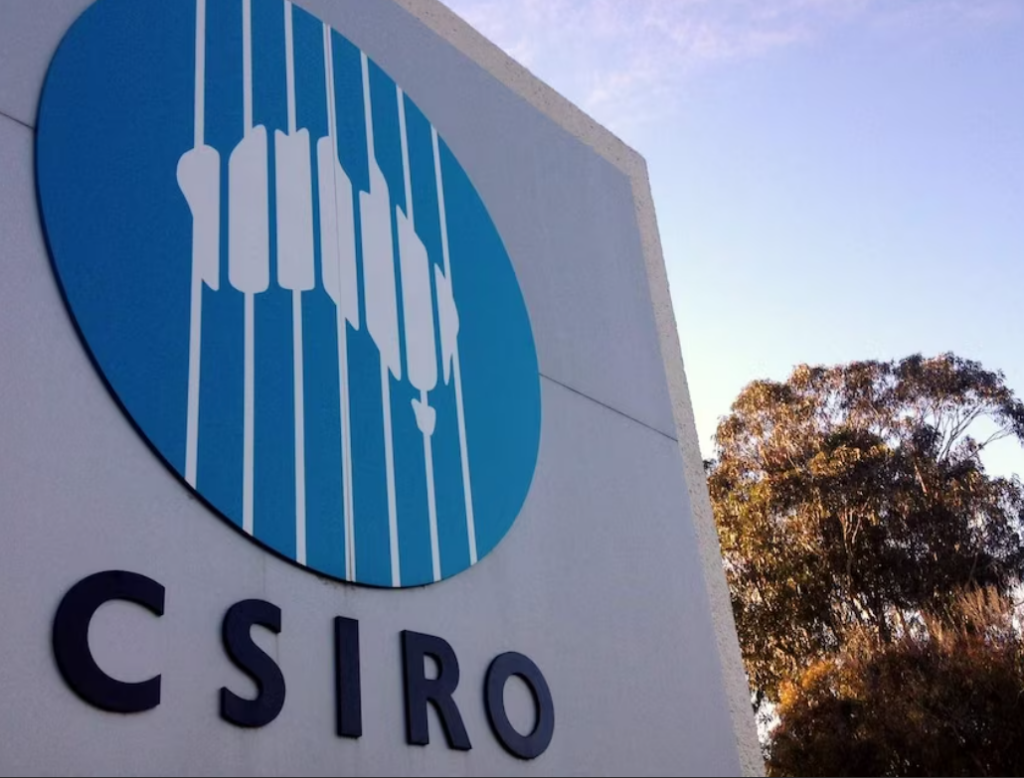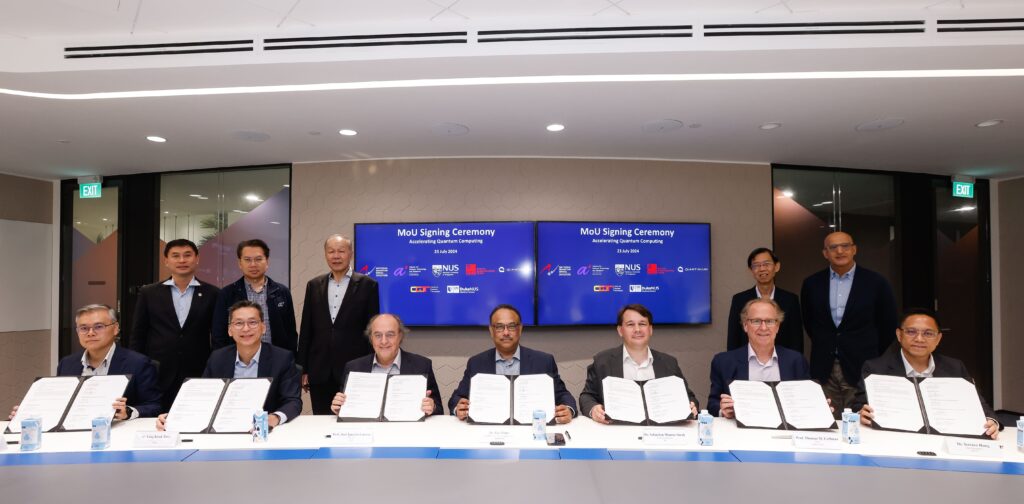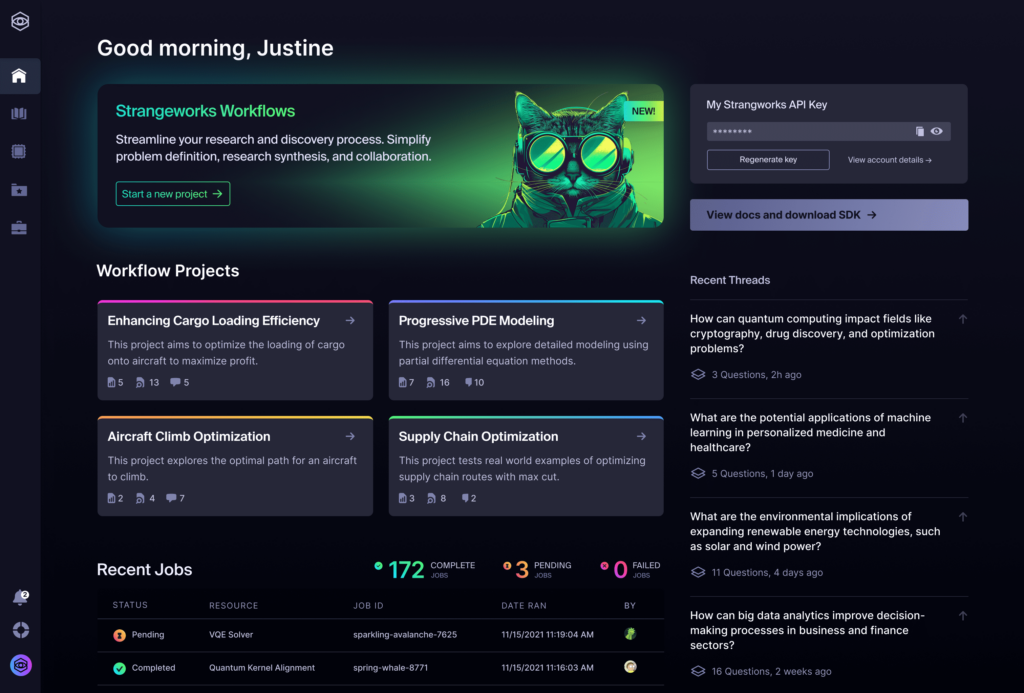Insider Brief
- Researchers say quantum algorithms could simulate the catalysts used in many industrial chemical processes, promising to reduce the environmental impact.
- An error-corrected quantum computer could simulate nickel oxide and palladium oxide, which are important materials in a process used to create a range of chemicals and fuels.
- Critical Quote: “Our algorithm enables the quantum simulation of large solid-state systems with runtimes often associated with much smaller molecular systems. This work paves the way towards future practical simulations of materials on error-corrected quantum computers.” — Aleksei Ivanov, Riverlane quantum scientist
PRESS RELEASE — Researchers have developed quantum algorithms to simulate the catalysts used in many industrial chemical processes, promising to reduce the environmental impact of everything from fuel cells to petrochemicals and hydrogen production.
The research, undertaken by Riverlane, the world’s first quantum engineering company, and Johnson Matthey, a global leader in sustainable technologies, was published in Physical Review Research. The paper demonstrates how an error-corrected quantum computer can simulate nickel oxide and palladium oxide, which are important materials in heterogeneous catalysis, a process used to create a broad range of chemicals and fuels.
“Our algorithm enables the quantum simulation of large solid-state systems with runtimes often associated with much smaller molecular systems. This work paves the way towards future practical simulations of materials on error-corrected quantum computers,” Dr Aleksei Ivanov explained, a quantum scientist at Riverlane and the paper’s lead author.
Many materials are challenging to simulate on ordinary computers due to their complex, quantum nature. This is where quantum computers can help but, until now, most of the research has focussed on the simulation of molecules, not materials. This is because materials have additional structure, such as translational symmetry or periodicity.

“Commonly used classical computational methods often rely on approximations that may not be well justified for certain materials, including strongly correlated metal oxides, leading to unsatisfactory performance,” according to Dr Tom Ellaby, an R&D scientist at Johnson Matthey.
Dr Rachel Kerber, senior scientist at Johnson Matthey, said: “Quantum simulations could provide a means for us to model many of these materials, which are often of great interest to researchers in catalysis and materials science in general.”
The researchers leveraged concepts developed in classical computational condensed matter research to develop the new quantum algorithm.
“In this work, we asked ourselves a question: How can we modify an existing molecular algorithm to take advantage of the material’s structure? We figured out how to do this and, as a result, our modifications to the existing quantum algorithm reduce the quantum resource requirements. So, future quantum computers require far fewer qubits and a reduced circuit depth, compared to when prior quantum algorithms without any modification,” Dr Christoph Sunderhauf, senior quantum scientist at Riverlane and the paper’s co-author, said. “The main caveat here is that we will have to wait until someone actually builds a sufficiently large error-corrected quantum computer.”
Today’s quantum computers have a few hundred quantum bits (qubits), at most, limiting the usefulness of these machines. But quantum computers must scale up by orders of magnitude to reach error correction and unlock applications across multiple industries.
To reach error-correction sooner, Riverlane is building the operating system for error-corrected quantum computers, which includes a control system (to control and calibrate the millions of qubits required) and fast decoders (to stop errors propagating and rendering calculations useless).
When these error-corrected quantum computers are ready, we also need fault-tolerant quantum algorithms to be ready to run on these machines. Ivanov added: “We need to strive to unlock useful application cases of quantum computers. If we continue to improve quantum algorithms further, then we wouldn’t need to build a such a huge quantum computer for useful applications.”
If you found this article to be informative, you can explore more current quantum news here, exclusives, interviews, and podcasts.



















